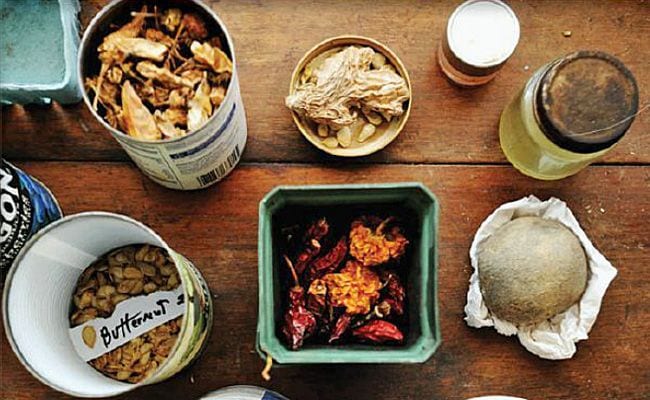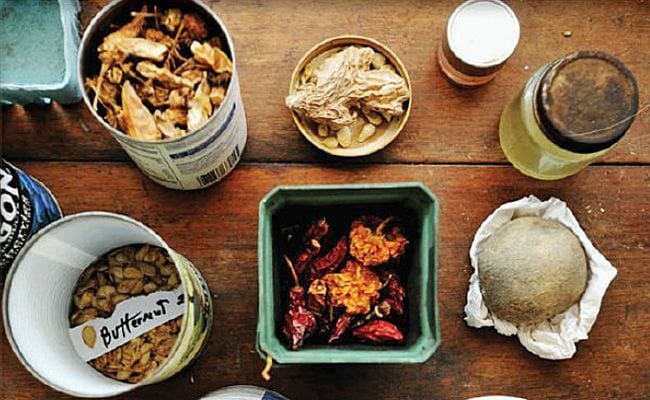
When I was a senior at Purdue, I took a class on “American Regionalism” with Sean “Kip” Robisch, and it completely changed how I looked at literature. From delving into Ken Kesey’s underrated classic, Sometimes a Great Notion to discovering Willa Cather for the first time, Robisch opened a door for me into a world where the physical setting of a novel or poem mattered just as much as its contents and that writing about a place was the highest form of realism.
Cornbread Nation 7: The Best of Southern Food Writing is American regionalism at its finest. It’s a splendid collection of tales of Southerners traveling abroad, immigrants journeying to the South, and children of immigrants living in the South and then reflecting on their heritage. Through the meticulous efforts of guest editor Francis Lam, on behalf of the Southern Foodways Alliance and general editor John T. Edge, we have been bestowed with this gem.
This book is definitely not what it seems, and while the title may evoke the standard imagery of Southern food by way of the local Cracker Barrel, this collection goes way beyond all of that. In fact, it’s a reimagining of what it means to be Southern and how we, as Southerners born and adopted, think about the foods and customs that define us.
The collection of 44 essays, excerpts, stories and poetry is divided into five sections and while each has a theme, the contents are truly diverse. My favorite section was definitely “Provisions and Providers” and in particular, the long, but powerful essay on fermented and spoilt food by Burkhard Bilger; Bill Heavey’s experiences hunting frogs “the size of a rotisserie chicken” in Louisiana; and Robb Walsh’s searing look at “exoticizing rural southern poverty.”
The weakest section “The South, Stepping Out”, which almost seemed an afterthought to the whole collection; a place to store pieces that just didn’t fit anywhere else. I was particularly puzzled by Sarah Hepola’s thoughts on Velveeta, which became a rumination on her eating disorder, and Jack Pendarvis’ “An Oyster Named Dan”. And, as much as it may be literary sacrilege to do so, I believe that the inclusion of Langston Hughes’ “Soul Food? What is That?” didn’t really fit into Cornbread Nation 7, which is probably why it ended up in this particular section.
Despite a few poor inclusions, Lam’s editorship is a success because he takes risks and goes off the beaten path. Some of the works that really opened my eyes included Sean McKeithan’s probing look at the gender and racial politics of whiskey; Rayna Green’s article on Native-American food and its continued absence in the discussion of Southern food; two selections on ethnic bakeries in the South that became homes away from home for expats looking for childhood staples; Robert Moss’s biting look at the commodification of Southern cuisine; and Todd Kliman’s descent into Szechuan madness as he stalked famed chef, Peter Chang.
In the end, Cornbread Nation 7: The Best of Southern Food Writing, will make a fine gift to not just chefs, but to anyone who appreciates American culture, history and literature. While there are little snippets of recipes and cooking tips sprinkled throughout, this book is a solid look at what it means to be a Southerner and how, unlike the stereotypes leveled on the region, we are a family of incredible diversity, shaped by common struggles, and a love for the land that provides such delectable fare.


![Call for Papers: All Things Reconsidered [MUSIC] May-August 2024](https://www.popmatters.com/wp-content/uploads/2024/04/all-things-reconsidered-call-music-may-2024-720x380.jpg)



